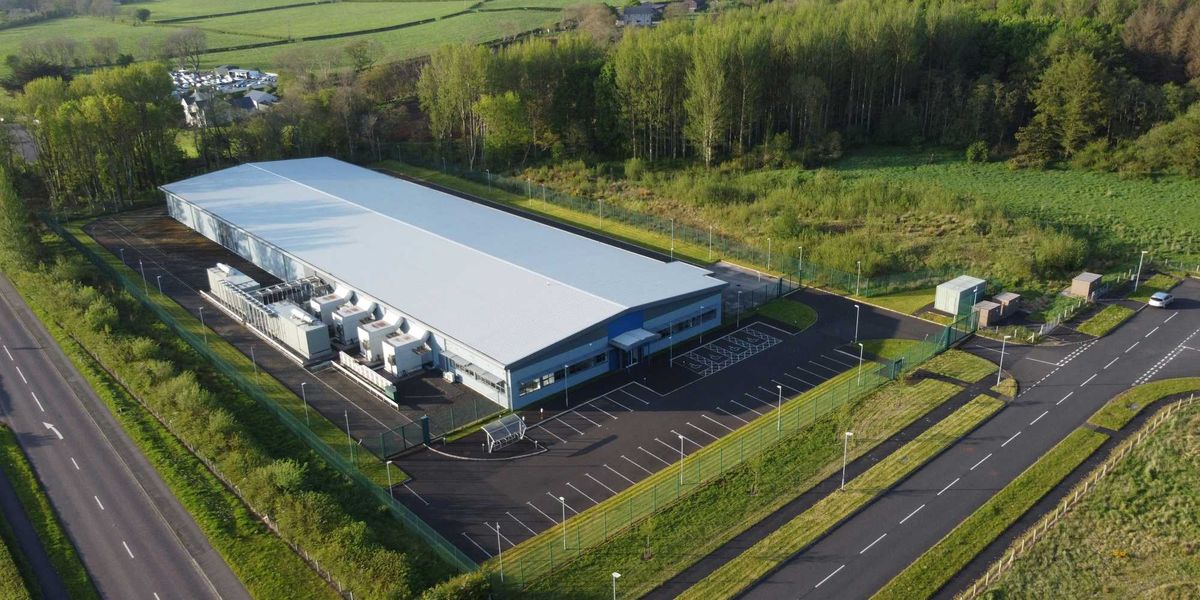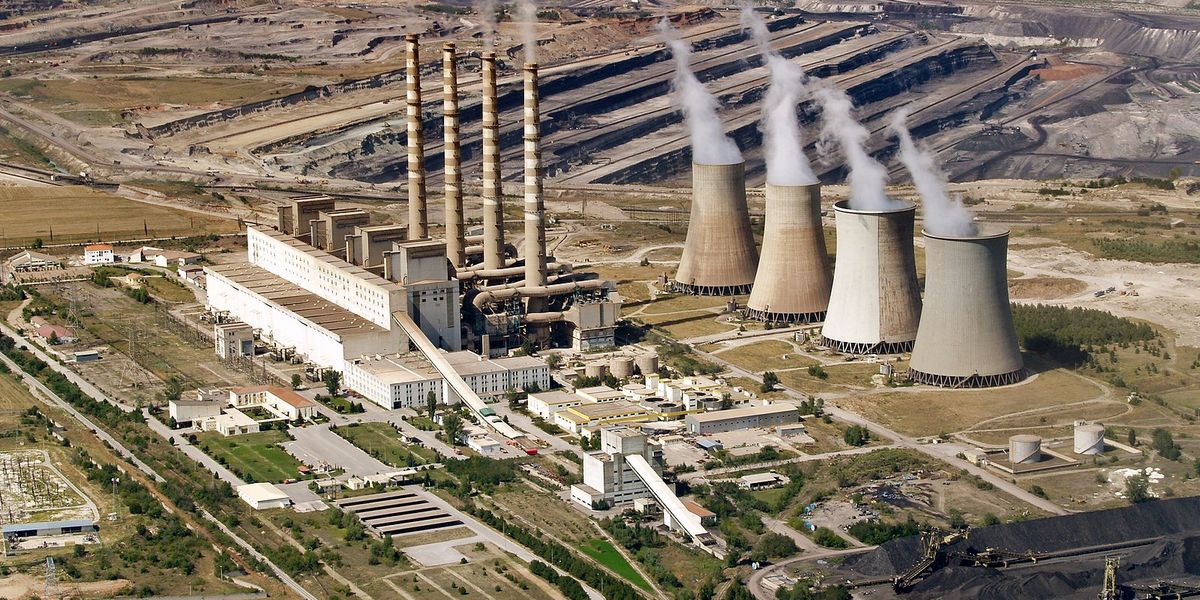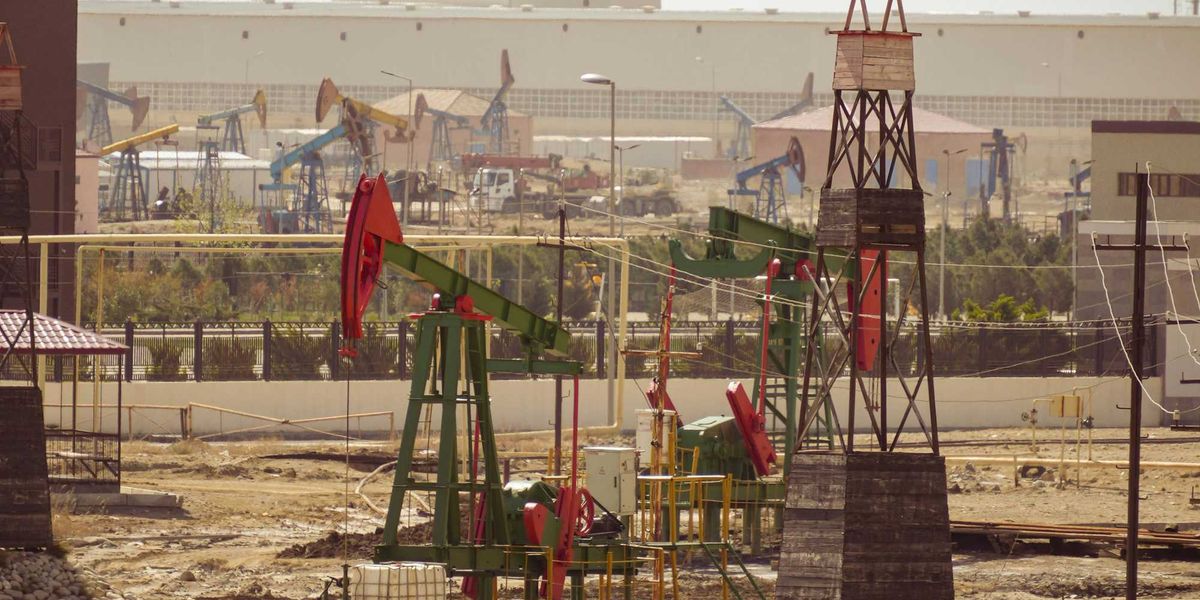17 million in US live near active oil or gas wells.
More than 17 million people in the United States live within a mile of an active oil or natural gas well, according to a new study.
More than 17 million people in the United States live within a mile of an active oil or natural gas well, according to a new study.
The study is the first peer-reviewed, nationwide estimate of how many Americans live close to active wells and raises health concerns, as such proximity has been linked to heart, lung and brain problems, some cancers, and certain birth defects such as lower birth weights, pre-term births and heart defects.
"The closer you are to a well, the more likely you are to have health impacts, said Eliza Czolowski, lead author of the new study and an associate in the energy and environment program at PSE Health Energy, a nonprofit research institute in Oakland, California.
Using state-level information on oil and gas drilling and the U.S. Census, Czolowski and colleagues had data for 30 states and estimated that 17.6 million Americans, or about 6 percent of the population of the contiguous 48 states, lives within a mile of an active oil or gas well.
Perhaps most concerning for public health, about 1.4 million children under the age of 5 live within a mile of active wells.
"This study hammers home why we need federal and state safeguards against oil and gas air pollution like methane," said Bruce Baizel, energy program director at Earthworks, which was not involved in the study.
"Americans across the country are forced to live with oil and gas operations in their communities, literally right next door to their homes, their schools, their playgrounds," he added.
In West Virginia, about half of the state's roughly 1.8 million people live within a mile of an active well.
Oil and gas wells release pollutants—including particulate matter, benzene, nitrogen oxides, ozone, volatile organic carbons, carbon monoxide—to nearby air and water and have been linked to a host of health problems in people living nearby.
The study, published today in the journal Environmental Health Perspectives, compared states and found Texas, Ohio, California, Oklahoma and Pennsylvania all have more than 1 million of their residents living within a mile of wells.
West Virginia and Oklahoma had, by far, the highest percentages of their populations near wells.In West Virginia, about half of the state’s roughly 1.8 million people live within a mile of an active well. Oklahoma was second with about 47 percent.The next highest state was Ohio with 24 percent.
Texas had the highest number of people living within a mile of an active well at 4.5 million people.
There are no federal regulations for buffer distances between active wells and people's homes, Czolowski said.
Many states have their own setback requirements, she said. A 2013 study found that among 31 states with current shale gas production, 20 required the wells be sited certain distances from nearby homes. The setbacks range from 100 feet to 1,000 feet.
Scientists have for the most part concluded that the closer people are to active wells, the more likely they are to experience health impacts, Czolowski said.
"There is definitely the chance for impacts living within a mile," she said.













